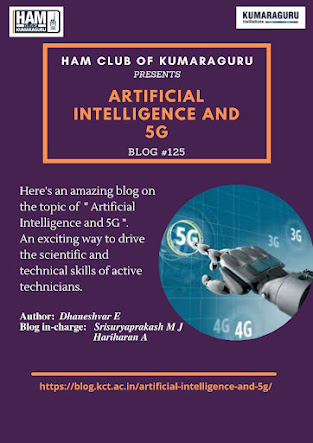HAM radio or Amateur radio is a wireless non commercial communication technique which operates on radio frequency spectrum. As radio waves propagate beyond national boundaries, the usage is strictly monitored and controlled by the nation’s government. The range of propagation depends upon the frequency of transmission, output power, type of the antenna and propagation conditions. Examinations are conducted to provide license to the HAM enthusiasts. Operators can transmit on frequencies as low as 136 kHz and up to 250 GHz. Click here to continue reading






